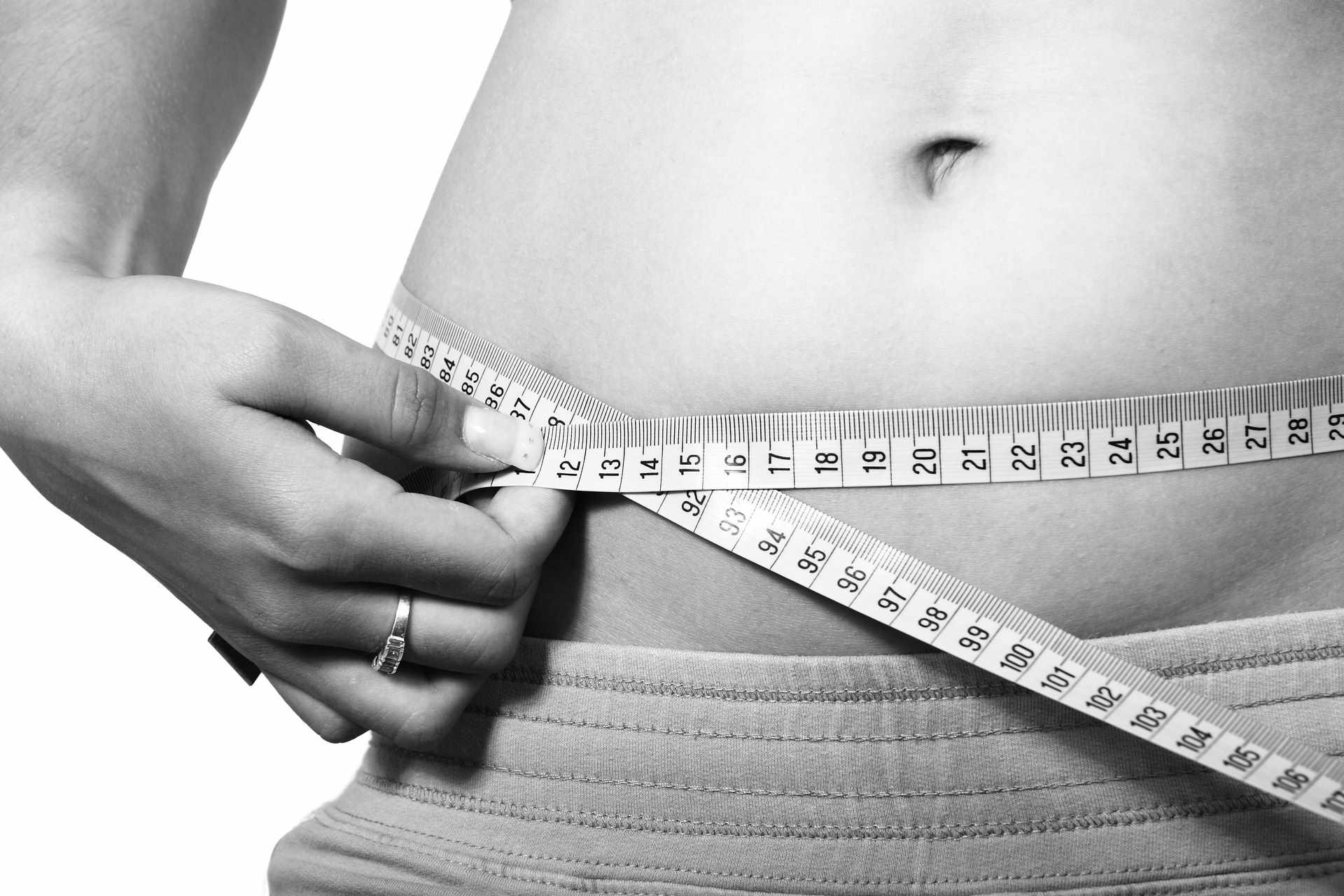Cryolipolysis: The Cold Revolution in Body Sculpting
In a world obsessed with achieving the perfect silhouette, innovative technologies continue to push the boundaries of non-invasive body contouring. Among these groundbreaking advancements, cryolipolysis has emerged as a game-changing procedure, offering a unique approach to fat reduction without the need for surgery. This revolutionary technique harnesses the power of controlled cooling to eliminate stubborn fat cells, reshaping body contours with remarkable precision. As the beauty and fitness industry evolves, cryolipolysis stands at the forefront of a new era in body sculpting, promising transformative results with minimal discomfort and downtime. Let's delve into the fascinating world of this cold-induced fat reduction method and explore its impact on the ever-changing landscape of aesthetic treatments.

During a cryolipolysis session, a specialized applicator is placed on the treatment area, delivering controlled cooling to the targeted fat layer. As the temperature drops, fat cells undergo a process called apoptosis, or programmed cell death. Over the following weeks and months, the body naturally processes and eliminates these damaged fat cells through its lymphatic system, resulting in a gradual reduction of fat in the treated area.
The Evolution of Cryolipolysis Technology
The concept of using cold temperatures for fat reduction can be traced back to an unexpected observation made by Harvard scientists in the 1970s. They noticed that children who frequently consumed popsicles developed dimples in their cheeks, a phenomenon later dubbed “popsicle panniculitis.” This discovery laid the groundwork for understanding how cold temperatures could selectively affect fat cells.
However, it wasn’t until the early 2000s that researchers began to seriously explore the potential of controlled cooling for body contouring. In 2008, the first cryolipolysis device received FDA clearance for fat reduction, marking a significant milestone in the field of non-invasive body sculpting.
Since its introduction, cryolipolysis technology has undergone several advancements. Modern devices offer improved applicator designs, more precise temperature control, and the ability to treat multiple areas simultaneously. These refinements have expanded the treatment’s versatility and efficacy, making it a popular choice for individuals seeking non-surgical fat reduction solutions.
Treatment Areas and Efficacy
Cryolipolysis has proven effective in targeting various areas of the body where stubborn fat deposits tend to accumulate. Common treatment areas include:
-
Abdomen
-
Flanks (love handles)
-
Thighs
-
Upper arms
-
Back and bra fat
-
Submental area (double chin)
Clinical studies have demonstrated the efficacy of cryolipolysis in reducing fat layer thickness by 20-25% in treated areas. Results typically become visible within 3-4 weeks after treatment, with maximum effects observed around 2-3 months post-procedure. The gradual nature of fat reduction allows for natural-looking results that can be long-lasting when combined with a healthy lifestyle.
The Cryolipolysis Experience
A typical cryolipolysis session lasts between 35 to 60 minutes per treatment area. During the procedure, patients may experience sensations of intense cold, pulling, tugging, or mild pinching as the applicator draws the tissue into the cooling panels. These sensations generally subside within the first 5-10 minutes as the area becomes numb.
One of the key advantages of cryolipolysis is its non-invasive nature, allowing patients to return to their normal activities immediately after treatment. Side effects are generally mild and may include temporary redness, swelling, bruising, or numbness in the treated area, which typically resolve within a few days to weeks.
Cryolipolysis vs. Traditional Fat Reduction Methods
Cryolipolysis offers several advantages over traditional fat reduction methods such as liposuction:
-
Non-invasive: Unlike surgical procedures, cryolipolysis doesn’t require incisions, anesthesia, or recovery time.
-
Targeted approach: The treatment allows for precise targeting of specific fat deposits without affecting surrounding tissues.
-
Natural-looking results: The gradual fat reduction process results in a more natural-looking outcome compared to sudden changes from surgical interventions.
-
Minimal risks: As a non-invasive procedure, cryolipolysis carries fewer risks and complications compared to surgical alternatives.
-
Versatility: The treatment can be used on various body areas and can be combined with other non-invasive procedures for comprehensive body contouring.
The Future of Cryolipolysis
As the demand for non-invasive body contouring continues to grow, researchers and manufacturers are exploring new ways to enhance cryolipolysis technology. Future developments may include:
-
Improved applicator designs for better tissue engagement and more uniform cooling.
-
Integration with other technologies, such as radiofrequency or ultrasound, for enhanced fat reduction and skin tightening.
-
Expanded treatment areas and protocols to address a wider range of body contouring concerns.
-
Personalized treatment plans based on individual body composition and fat distribution patterns.
-
Shorter treatment times and improved patient comfort during procedures.
As cryolipolysis continues to evolve, it is poised to remain at the forefront of non-invasive body sculpting, offering individuals a safe and effective alternative to traditional fat reduction methods. The cold revolution in body contouring is here to stay, reshaping not only bodies but also the landscape of aesthetic treatments for years to come.





